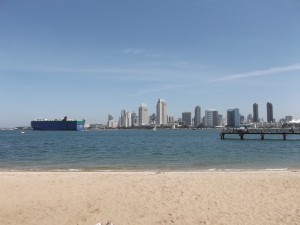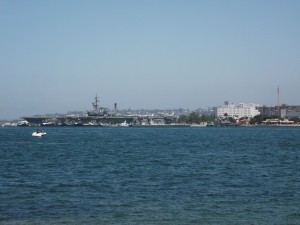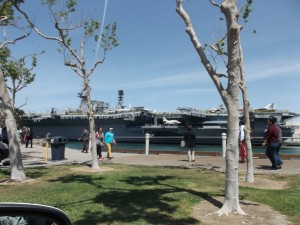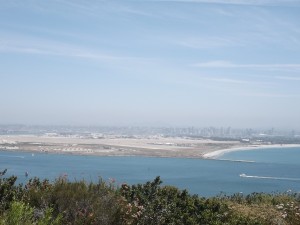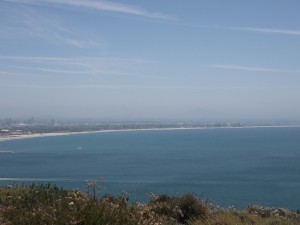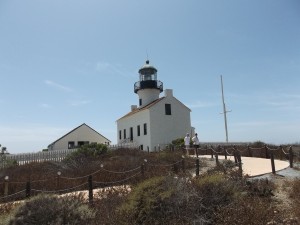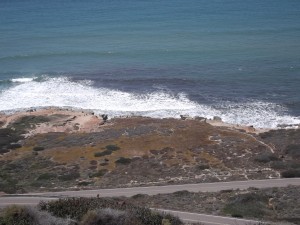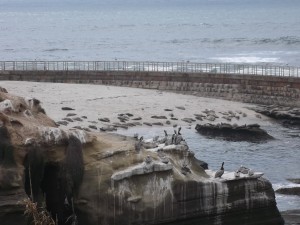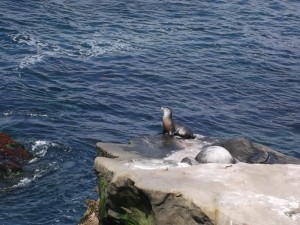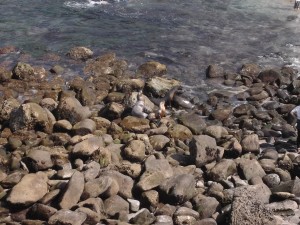Locale: The first non-native person to settle here in the 1860s was a man named Frank Hart; he put up four walls for a building, then disappeared into the dustbin of history. Next came German immigrants Augustus Dillman Freudenberger and his wife Lena. Their log home, now known as the Homestead, still stands on the property. The Dillman Ranch at Hart Prairie, as it came to be known, was a stop for the stagecoach that ran between Flagstaff and the Grand Canyon, with famous passengers such as President Theodore Roosevelt pausing for refreshment. Other early Hart Prairie homesteaders tried for a time to grow potatoes, barley, and hay, but farming here was tough-going, and after the Great Depression nearly all of them were gone.
The ranch then passed into the hands of Suzanne Colton, sister of Harold Colton, founder of the Museum of Northern Arizona; she changed its name to Fern Mountain Ranch. It then went to her son Dick Wilson and his wife Jean. In 1994, after protracted discussion and negotiations, the Wilsons donated 245 acres of Hart Prairie to The Nature Conservancy.
At 8,500 feet, the Preserve is considered a high altitude meadow; it is home to a large stand of Bebb willows, a centrally-located aspen grove with a hidden rock pile, and encroaching Ponderosa pines (Pinus ponderosa). Conservancy scientists believe that in the not too distant past, this area looked more like open savannah, but fire suppression and livestock grazing changed the landscape to favor forest cover.
Looking directly east from Preserve cabins, the eye is drawn upward to the San Francisco Peaks, the results of volcanic eruptions that began millions of years ago and continued into recorded history. These mountains, including Mount Humphreys, at 12,633 feet the highest point in Arizona, are examples of strato-volcanoes, or cone-shaped volcanoes formed by eruptions of molten lava alternating with layers of cinder and ash. Mt Agassiz, to the south of Mt Humphreys, has been developed as a ski area; the lifts and trails are clearly visible.
Protect, Transform, Inspire: The current research projects at the Prairie can be considered links in a scientific chain which stretches back over a hundred years. In 1889, a biologist named C Hart Merriam studied plant and animal life on the San Francisco Peaks, in the Painted Desert, and in the Grand Canyon. From his observations, he developed the theory of “life zones,” which proposes that biological communities change in a predictable way as one moves north or rises in elevation. The Merriam classification is not much used today, except perhaps in the American Southwest, although the concept remains important in describing and classifying ecoregions. At Hart Prairie, ecological research continues with sophisticated weather monitoring and even a pheno-camera, which is used to track plant phenology (phenology is the study of periodic plant and animal life-cycle events that are influenced by climate and seasonal change in the environment).
So what is a prairie anyway? By one definition, a prairie is an area of flat, predominantly treeless grassland, especially in a large plain with deep fertile soil; it is a region of extensive grasses and forbs, maintained in its natural state by climate, grazing, and fire. In the United States, prairies were once widespread but are now highly endangered. Not only here in Northern Arizona but also in the Midwest, TNC is working hard to restore and maintain these unique ecosystems.
Weather: High 82, Low 52. Cloudy, drizzle
Creatures: Rufous Hummingbird (Selasphorus rufus), Mule Deer (Odocoileus hemionus)
Itinerary: Flagstaff, via N San Francisco St to US 180, right onto FR 151 to dirt road
Excursions: Hart Prairie Preserve Research Area
Speaker: Blair Foust, TNC, Introduction to Hart Prairie Preserve (afternoon)
Reflections: We are a group of eight TNC supporters at the Prairie this week: myself (Worcester), Julie and Sam (Seattle), Julia and David (northwest Arkansas), Ann (Washington DC), niece Melinda (Colorado Springs) and aunt Linda (Sacramento Foothills). So pleased to meet everyone!
Images:

Mariposa Lodge at Hart Prairie

Restored cookhouse (it is not currently used)

Two large ponderosa pines near the Homestead

Rocky volcanic soil at the Prairie
